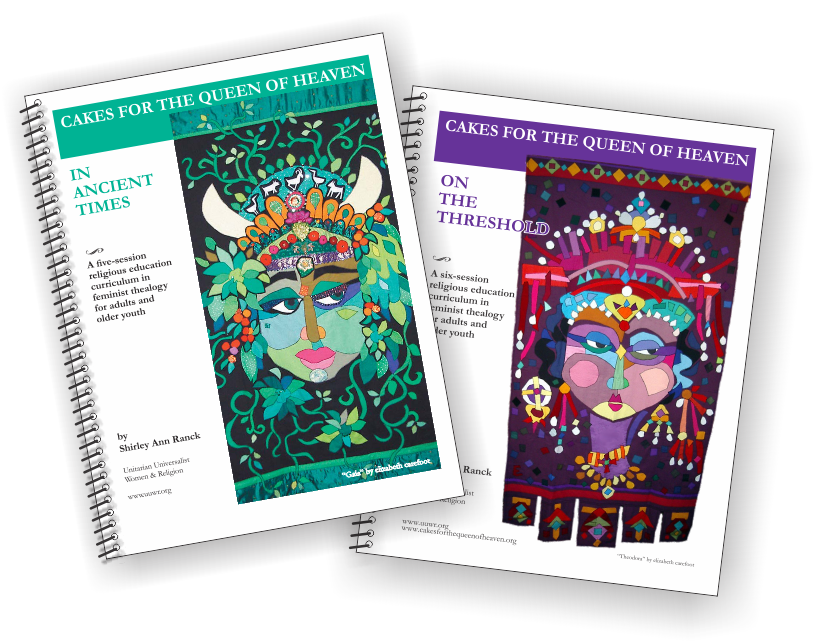Resources: Introduction and Spirals One and Two of the book.
Materials: Small notebook and pen for each person; easel with newsprint and marker; chalice on small table; name tags; refreshments.
Chalice Lighting: Light the chalice and read the following quote:
The wonder of being together, so close yet so apart—
Each hidden in our own secret chamber,
Each listening, each trying to speak—
Yet none fully understanding, none fully understood.
– Sophia Lyon Fahs
Introducing the Course: Ask participants to say their names and tell briefly why they are interested in this class. When all have spoken, say to participants: We will be reading and discussing parts of The Grandmother Galaxy, but the class is also about your spiritual journey, your responses to some of the ideas presented in the book. We will take time during each session to write in our journals and to discuss our responses. The first two spirals or sections of the book are about the author’s early life. But let’s begin with your early life.
Journaling: Have the following questions on newsprint:
- Who was the person in your early life who influenced your spiritual growth the most? How?
- What event in your early life most affected the direction of your spiritual growth?
- What personal or social issues became important to you as you became an adult?
Allow ten minutes for writing. Then ask participants who wish to do so to share responses to the first question; then allow the group to discuss the responses briefly. Do the same for each of the questions.
Break
Information: Gather the group again and read or present in your own words the following: Poets always see their world and their times with a vision that their less observant contemporaries lack. They often see the connections between disparate events, or the overall trends of the culture long before others are aware of them. Or at the very least, poets often gather up the experiences, the fears or the hopes of a generation and give them expression. T. S. Eliot, writing in the 1920s and 1930s described the breakdown of all the old securities and beliefs. He saw people struggling to find meaning in a wasteland of broken images. He wrote:
What are the roots that clutch, what branches grow
Out of this stony rubbish? Son of man
You cannot say, or guess, for you know only
A heap of broken images…
In the decades since then many writers have suggested that a whole new world-view was needed, a completely different way of perceiving our world and our place in it. Some theologians even declared that God was dead, a concept no longer relevant to modern life. But how should we find our way to a new world-view and what would it be? Unitarian Universalists used to have a statement we made to the world in the form of a bumper sticker. It said, “To question is the answer.” That statement baffled most people. And if we were to write down our own interpretations of it, we would surely have a great variety of meanings. And yet when we saw it on a bumper we would smile a smile of recognition. We knew. What did we know?
Journaling: Have the following questions on newsprint:
- What did we know?
- What does that bumper sticker mean to you?
Allow about ten minutes for writing. Then ask those who wish to do so to share. Put the responses on newsprint and discuss. Emphasize that we must question in order to discover a new world-view and new issues.
Information cont’d. Have on newsprint the three large issues or imperatives described in the introduction to the book: feminism, environmentalism, and multiculturalism. Explain that we will spend one session on each issue, one session on a possible new world-view and a final session on the symbols and stories that might support and reinforce such a worldview.
Extinguishing the Chalice: Extinguish the chalice and read the following quote:
I have to cast my lot with those
who age after age, perversely,
with no extraordinary power,
reconstitute the world.
– Adrienne Rich



